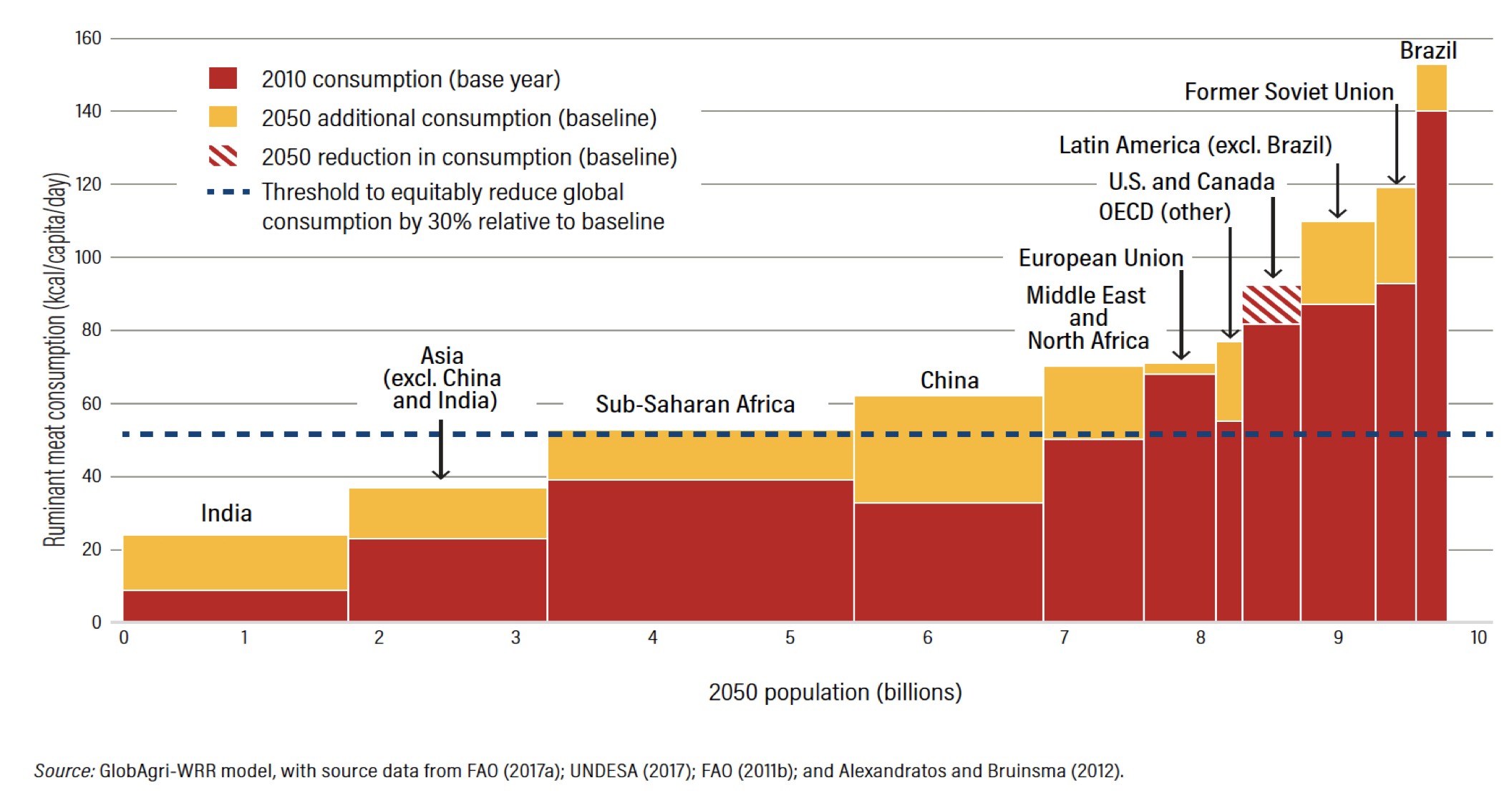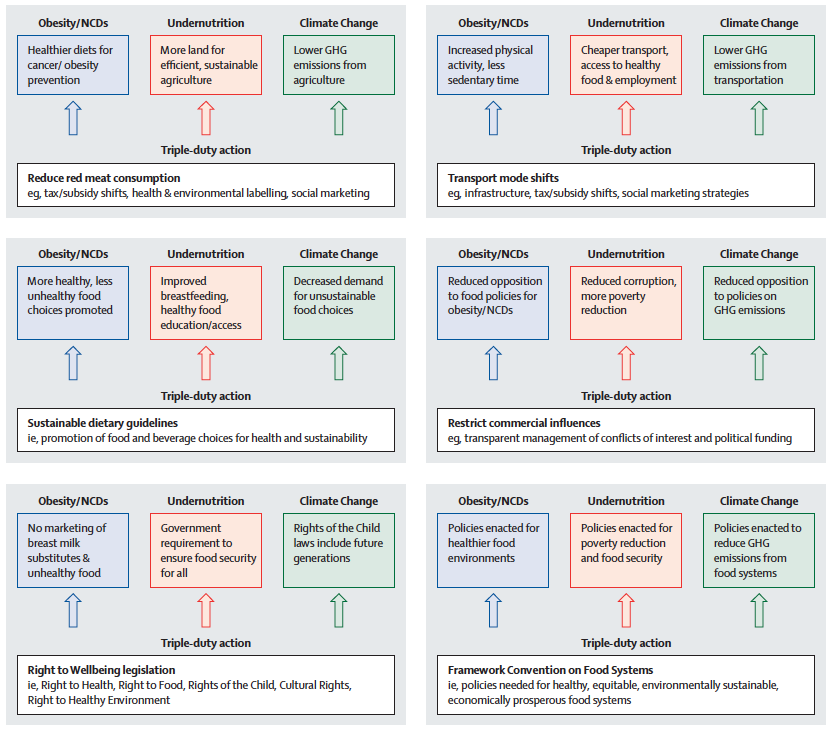I had the pleasure of launching the EAT Lancet Commission report in beautiful Cork Ireland at the University of Cork College, hosted by Nick Chisholm at the Center for Global Development. It was a really great event attended by a diverse set of individuals including those from the livestock sector and dairy farmers, advocates, students, professors and researchers.
I presented the overall findings from the EAT Lancet Commission report but I also gave two additional perspectives. The first was my personal view on what I thought the EAT Lancet did not cover adequately or ignored, but should not have. The second was the Ireland perspective - what does the EAT Lancet mean for the future of Ireland’s food system? My slides are here.
On what I thought the EAT Lancet did not adequately do. It did not:
1. Address the confused space of sustainable diets and the epidemiology and science to support it. This was the most contentious aspect of the report and continues to be questioned. I don’t think the report cleared up the debate of what are considered sustainable diets and may have made things more contentious and perplexing.
Inequities in meat consumption
2. Tackle the inequities in food systems. The report did not at all go into how people experience difficulties in accessing healthy foods and the inequities in which they bring. It is easy to say eat less meat, but it really depends on where you are in the world, who you are, how contexts and situations can be more or less vulnerable, and what you can afford and access.
3. Take on the entirety of food systems. The EAT Lancet Commission just covered food production and consumption — the head and the tail of the food system — but we know there is this whole middle piece that drives health, sustainable and economies: food supply chains, food environments and drivers of food system transition. The EAT fell short in covering the full scope of food systems but if we did, the report would be 500 pages, not the current 50, in which still, no one read…
4. Focus on who will feed us and their livelihoods. The report did not at all go into the impacts of this type of diet and earth system change on food producers and their livelihoods, ways of life, and traditions. Nor did it go into women producers, small and medium sized producers or rural development/impacts.
5. Examine the actors, especially, consumers and behavior change. The diet really looked at supply side changes and not much on how consumers can take on such a diet, how behavior change is needed and what nudges should be put into place.
6. Consider the local social determinants, and the trade-offs. The report was lofty, ambitious and global. But local nuance, decision making and context is needed, and the report just didn’t have the bandwidth to take on local to global perspectives.
On Ireland. It was fascinating to launch the report in Ireland for a few reasons. I took the train from Dublin to Cork and the landscape was riddled with black and white cows and green rolling hills. I knew the launch could be tough…Was I entering a snake pit?
Bountiful beef cows!
First, the cattle and dairy industry is strong here. And for good reason. The agriculture sector contributes significantly to the GDP of the country. The Irish beef sector currently accounts for over 30% of the value of Irish agricultural output at producer prices. Number of cattle heads here. The beef output of Irish farming provides the key input to the Irish meat processing industry. In 2014 the Irish meat processing employed over 13,000 people. Irish agriculture is dominated by family-owned farms. There are almost 140,000 farms, with an average land holding of 32.5 hectares. Pasture-based farm enterprises dominate, and as a result, Irish output is dominated by dairy and livestock, especially beef. Dairy and beef account for two-thirds of gross agricultural output and similar proportions of agri-food exports. Ireland is currently one of the world’s fastest-growing dairy producers and exporters.
Second, the impacts on climate change should not be taken lightly. They have seen a 25% and 9% increase in dairy and cattle head numbers. As a result, their agriculture sector contributes 33% of GHGe in Ireland. Methane is 64% of that. Nitrous oxide from N fertilizer application and excretion of manure is 31%. Energy contributes less - 20% and transport 19% of GHGe. GHGe have been increasing 3.5% every year since 2015 in Ireland. Ireland can play a lead role in fulfilling the “sustainable intensification” goal but so far, they are falling short on the climate agenda. Irish farmers are aware of the need to produce more from less and are addressing their carbon footprint. There is a lot more to do. A Teagasc blueprint on how to make Irish farming carbon neutral is a roadmap, but stakeholders have not signed up to the necessary timelines which will cause them to be fined 600 million for not adhering to the targets set out during the Paris COP agreement.
The insanely delicious banoffee pie
Third, we know that the traditional Irish diet is not sustainable. Some of the top risk factors of death and disease in Ireland are related to diet. And have you ever had banoffee pie? Enough said.
While I was there, there were a lot of the questions about the “hangover” of the report. More of the questions asked by media were about the political backlash of the report findings, why WHO pulled their consensus of the report, and what it means for Ireland’s livestock industry. I found myself defending a report that while I feel fully responsible for what it says, I too find not helpful when we get into the nitty gritties, the realities and the nuance needed to make such transformational changes.
I have never been in something so high profile that I have had to defend but don’t have complete ownership over its content. I am glad to take the fall on things that I believe in or that I have been solely responsible for. But this is a different beast.






